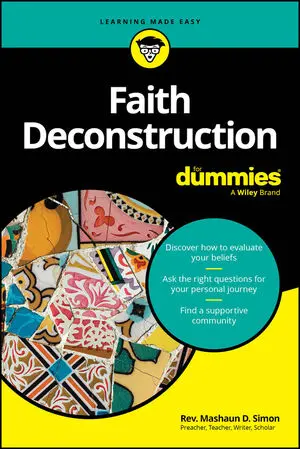Kwanzaa is related to many African celebrations of the first harvest. The name Kwanzaa comes from a Swahili phrase “matunda ya kwanza,” which translates as first fruits.
 © Image Source Trading / Shutterstock.com
© Image Source Trading / Shutterstock.comFive fundamental activities of Kwanzaa
In African-American culture Kwanzaa is a time for five fundamental activities:-
To reestablish interpersonal bonds
-
To express reverence to the creator
-
To commemorate and honor ancestors
-
To commit to following cultural ideals
-
To celebrate life, family, community and culture
Seven principles of Kwanzaa culture
Kwanzaa recognizes and celebrates these seven principles of African culture:-
Umoja (unity): To work towards unity with others whether family members or members of a larger community.
-
Kujichagulia (self-determination): To define oneself and find one’s unique voice in the world
-
Ujima (collective work and responsibility): To cooperate in community building and problem solving
-
Ujamaa (cooperation): To build and sustain business from which the community as a whole profits
-
Nia (purpose): To collectively strive towards cultural unity based on tradition
-
Kuumba (creativity): To use our creativity to improve our community
-
Imani (faith): To believe in each other, our leaders, and the righteousness of our struggle
What happens during Kwanzaa?
During Kwanzaa, children receive gifts of books and heritage symbols. The book represents the value of learning recognized since ancient Egypt and the symbol is to remind the child of his or her commitment to African traditions.Kwanzaa colors are red, green, and black. A mat (called a mkeka) is laid on a table and decorated with seven candles representing the seven principles, and one is lit on each day of Kwanzaa. Ears of corn are placed on the mkeka, along with a unity cup (called a kikombe cha umoja) for pouring libations in honor of the ancestors. The mkeka is also decorated with beautiful art objects and books that represent the best that African culture has to offer.
The final day of Kwanzaa is set aside for reflection. Celebrants spend this day in quiet contemplation and maintain a peaceful, humble attitude towards others. It is a time for individuals to answer three questions:
-
Who am I?
-
Am I really who I say I am?
-
Am I all I ought to be?






